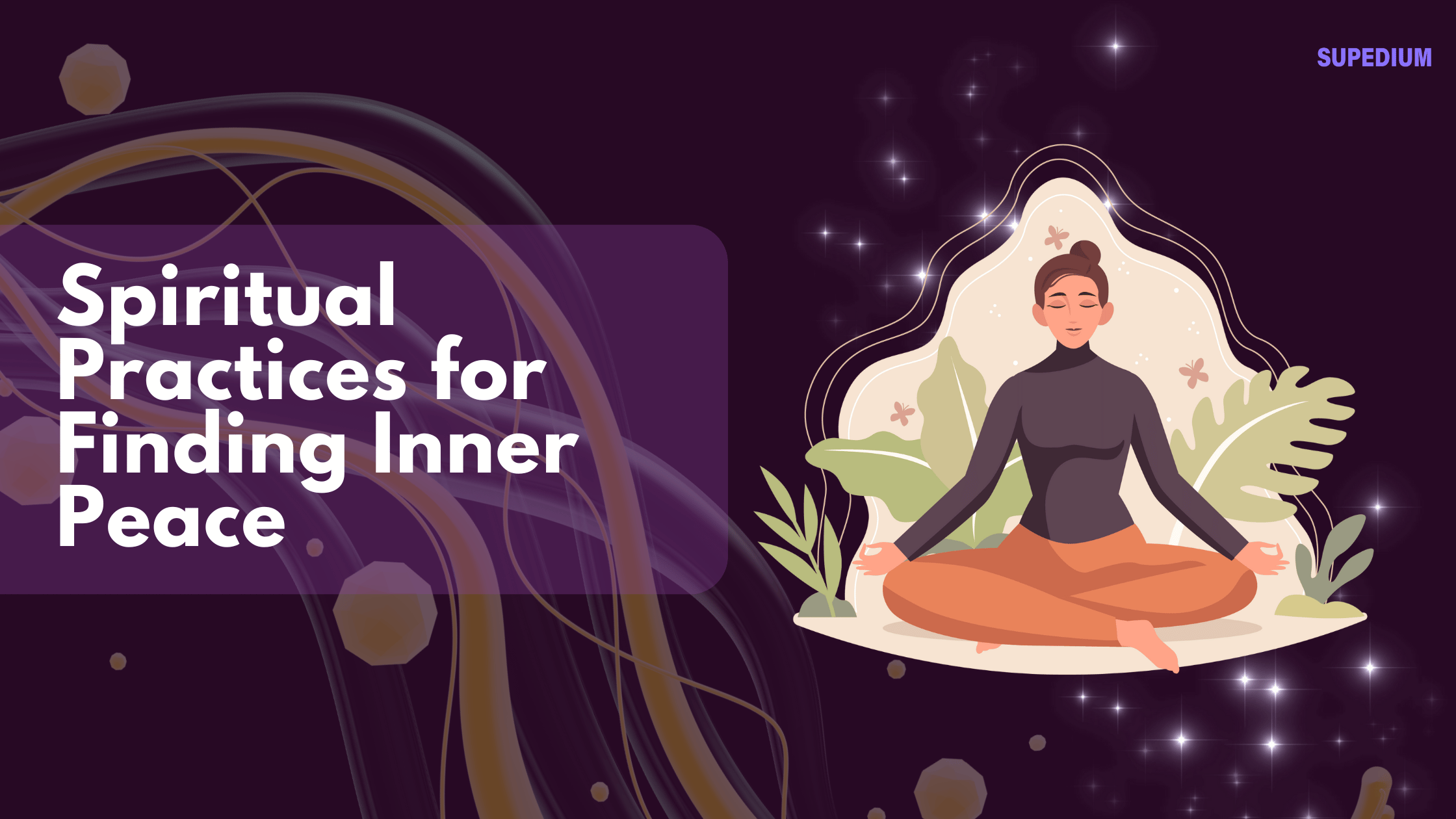Table of Contents
![]()
Stretching is an essential component of any fitness regimen, yet it is often overlooked. This article delves into the significance of regular stretching, exploring its physical and mental benefits, different techniques, and how to incorporate it into daily life.
Physical Benefits of Regular Stretching
Increased Flexibility
Flexibility refers to the range of motion available at a joint or group of joints. Regular stretching plays a crucial role in enhancing flexibility, which is vital for overall movement efficiency. Improved flexibility allows for better performance in physical activities, making everyday tasks easier and reducing the risk of strains and sprains.
Enhanced Muscle Performance
Stretching not only improves flexibility but also enhances muscle performance. When muscles are properly stretched, they can work more efficiently. This efficiency is particularly important for athletes, as it contributes to better speed, agility, and strength during physical activities.
Injury Prevention
One of the most significant benefits of regular stretching is its role in injury prevention. Stretching prepares the muscles for activity, increasing blood flow and elasticity. This preparation can help avoid common injuries such as muscle strains and joint sprains, particularly in sports and high-impact activities.
Improved Posture
Stretching can significantly improve posture by promoting proper alignment of the spine and muscles. Poor posture often results from tight muscles, particularly in the chest, shoulders, and hips. Regular stretching can alleviate tension in these areas, contributing to better posture and reducing discomfort related to prolonged sitting or standing.
Circulation and Blood Flow
Stretching enhances circulation by promoting blood flow to the muscles. Improved circulation can accelerate muscle recovery post-exercise, reduce soreness, and support overall cardiovascular health. This benefit is especially important for individuals who may have sedentary lifestyles or spend long hours at a desk.
Mental and Emotional Benefits
Stress Relief
Stretching can be a powerful tool for stress relief. When we stretch, our bodies release tension accumulated throughout the day, leading to relaxation. This physical release can translate into mental relief, helping to alleviate anxiety and promote a sense of calm.
Mindfulness and Body Awareness
Engaging in regular stretching encourages mindfulness and enhances body awareness. As individuals focus on their movements and breathing, they develop a deeper connection to their bodies. This awareness can be beneficial in daily life, allowing individuals to notice tension and discomfort before it escalates into pain.
Mood Enhancement
Stretching triggers the release of endorphins, the body’s natural mood enhancers. This biochemical response can lead to improved mood and overall well-being. Regular stretching can be an effective way to boost mental health, especially when combined with deep breathing and relaxation techniques.
Different Types of Stretching
Static Stretching
Static stretching involves holding a stretch in a challenging but comfortable position for a specified period, usually 15 to 60 seconds. This type of stretching is best performed after workouts to enhance flexibility and cool down muscles.
Dynamic Stretching
Dynamic stretching consists of controlled movements that improve range of motion and flexibility. This type of stretching is particularly useful as part of a warm-up routine before engaging in physical activities, as it prepares the muscles for movement.
Proprioceptive Neuromuscular Facilitation (PNF)
PNF stretching combines stretching and contracting of the muscle group being targeted. This advanced technique is effective for increasing flexibility and often requires a partner or a trainer. PNF is particularly beneficial for athletes looking to improve their performance.
Comparison of Different Types
Each type of stretching has its advantages and disadvantages. Static stretching is excellent for flexibility but should be performed post-exercise. Dynamic stretching is great for warming up, while PNF is highly effective for targeted flexibility gains. A balanced routine may incorporate all three types to maximize benefits.
Creating a Stretching Routine
Guidelines for Effective Stretching
To create an effective stretching routine, aim to stretch major muscle groups at least 2-3 times a week. Hold each stretch for 15-30 seconds, ensuring you feel a gentle pull without pain. Focus on key areas prone to tightness, such as the hamstrings, hips, and shoulders.
Incorporating Stretching into Daily Life
Integrating stretching into your daily routine can be simple and effective. Consider setting aside time in the morning or evening for dedicated stretching sessions. Additionally, short stretching breaks throughout the day—especially if you have a sedentary job—can greatly enhance overall flexibility and well-being.
Stretching for Specific Populations
Different populations may require tailored stretching routines. Athletes might focus on sport-specific stretches, while older adults should prioritize gentle stretching to maintain mobility and reduce stiffness. Consulting with a healthcare provider or physical therapist can help in creating a personalized stretching plan.
Common Myths and Misconceptions
Stretching and Warm-up
One common myth is that stretching should replace warming up before exercise. In reality, while stretching can be part of a warm-up, it should not be the sole component. A proper warm-up should include light aerobic activity to increase heart rate and prepare the body for more strenuous movement.
Stretching and Muscle Gain
Another misconception is that stretching inhibits muscle growth. On the contrary, incorporating stretching into a strength training regimen can enhance muscle function and recovery. Proper flexibility can lead to better strength performance and prevent injuries.
Conclusion
Regular stretching is a vital practice that offers numerous physical and mental benefits. From improving flexibility and enhancing performance to relieving stress and boosting mood, stretching can significantly contribute to overall health. By incorporating stretching into your daily routine, you can experience its profound effects on both body and mind. Start small, stay consistent, and enjoy the many rewards that come with this simple yet powerful practice.
Share This





Be the first to comment